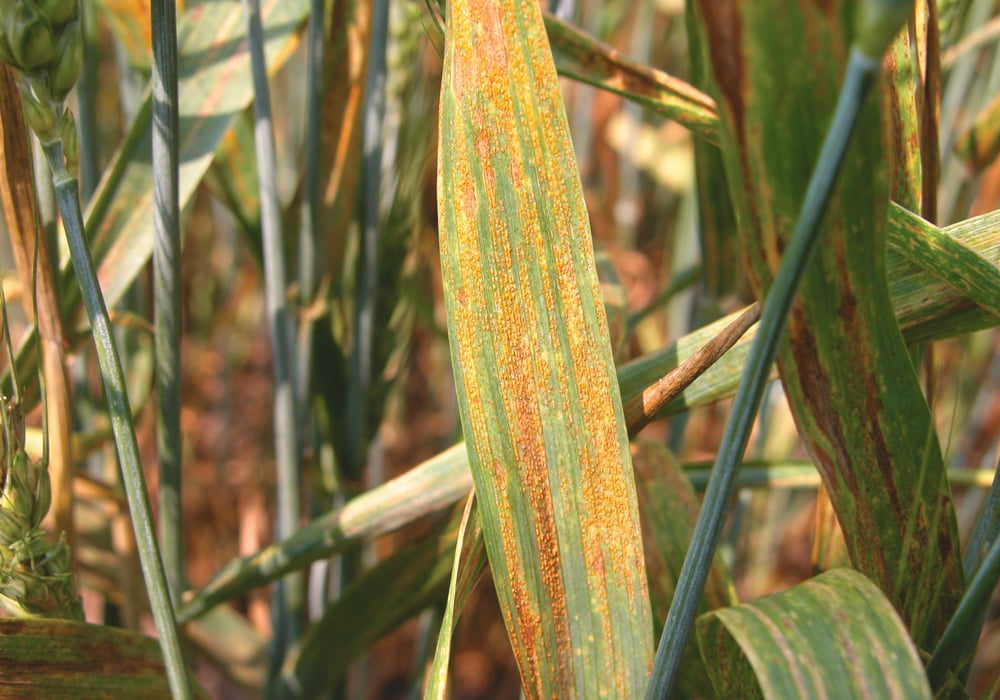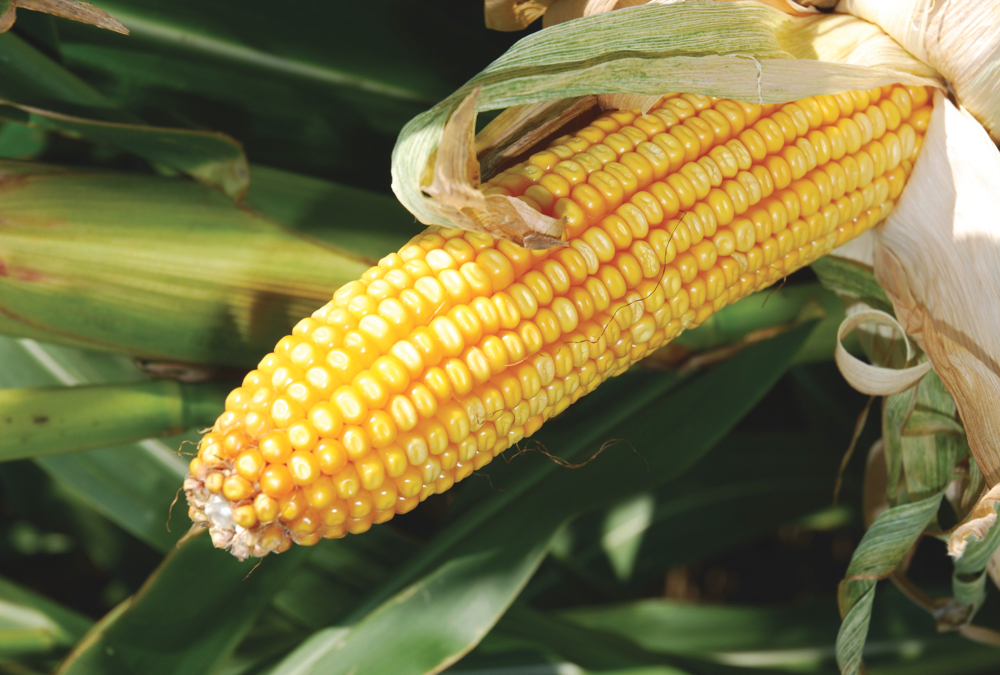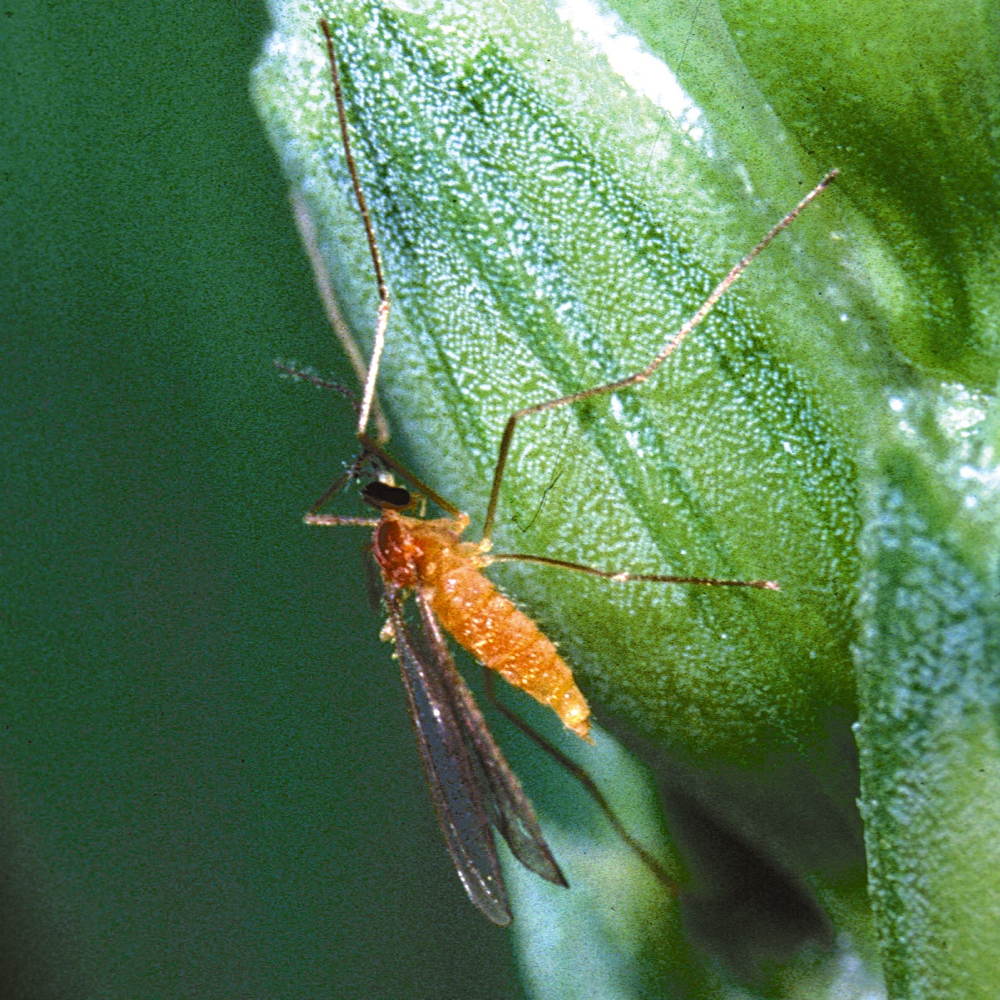It’s a typical kind of research story,” says Maria DeRosa with a knowing laugh. “Something doesn’t quite work and you think, oh no! This isn’t what I anticipated. But then it turns into an opportunity you hadn’t thought of before.”
She’s right, of course. Science is littered with stories of successful accidents, and for DeRosa, an associate professor in the chemistry department at Carleton University in Ottawa, the setback in question was the unexpected difficulty in finding an aptamer for deoxynivalenol (DON) to use in the new mycotoxin tests she and her team were developing. DON is the toxic compound produced by fusarium infections in wheat and barley.
Read Also

Sensing the soil: Root cell research finds ‘stress hormone’
Research into how root cells react to soil stressors could help plants better adapt to changes in their climate.
Backing up a bit, the idea behind DeRosa’s research was to develop better, cheaper mycotoxin tests by using aptamers, which are synthetic pieces of DNA. Because they are made of DNA, aptamers are highly specific to the mycotoxin they are designed to detect, so a DON aptamer will identify the presence of DON with great accuracy. Also, because they can be made cheaply in the lab, aptamers vastly improve the affordability of the mycotoxin tests that elevators currently use.
Then, as now, elevators use lateral-flow assays (LFAs) and thin-layer chromatography (TLC) tests to detect the presence of mycotoxins like DON, ochratoxin A (OTA) and fumonisin B1 (FB1) in grain shipments. But they’re expensive tests, particularly as they’re not very quantitative.
“Our goal was to have one or two cheap mycotoxin tests that can be used at elevators,” says DeRosa of the three-year, WGRF-funded research project that wrapped up earlier this year. But because finding a good DON aptamer took longer than expected, the team wound up looking at the problem in a new way and coming up with a third test option, one that’s even cheaper and easier to use without sacrificing accuracy.
The aha! moment
DeRosa’s research focused on the fact that current LFA tests use antibodies to detect the presence of mycotoxins. She hypothesized that replacing antibodies with aptamers would result in more accurate tests that would provide more quantifiable results at a fraction of the cost.
The research plan had three steps to achieve this. First, find aptamers for each toxin; second, redesign TLC and LFA platforms to “fit” those aptamers; third, validate the redesigned test platforms (prove they work) using real mycotoxin samples.
It started off well with the team very quickly finding FB1 and OTA aptamers. “We thought DON couldn’t be much more difficult than OTA,” says DeRosa. “But about halfway through, we ran into problems.”
The search for a DON aptamer was briefly set aside while the team continued to develop new LFA and TLC platforms for the aptamer sequences they did have. “The way we were designing the platforms originally, we assumed we’d have the sequences first,” says DeRosa.
It meant they couldn’t even think about developing DON-specific tests until they had the aptamer. “We got the LFAs to work specifically with this aptamer or that one,” she says. “But we thought, when we do get the sequences for DON, we’re back to the drawing board to develop an LFA that would work with it.”
Which is when the light bulb went on. Instead of starting with the aptamer, why not start with the test platform? Why not create a platform that would work not just with DON, once they found it, but any aptamer?
“Since we had to revamp everything anyway, we thought, can we make this simpler?” says DeRosa. “So we split our focus. We were still looking for DON aptamers, but we also looked for a modular test platform that we could just snap any aptamer into.”
Big words for simple test
What the team ultimately came up with is something DeRosa calls a LIANA, which stands for Linker Assembled NanoAptasensors — big words to describe an extremely simple test. She explains that because aptamers are basically DNA, they naturally bind to other bits of DNA. In the case of the LIANA test, aptamers are bound to a linker, a bit of DNA that has natural fluorescence. When this pairing comes into contact with the specific toxin the aptamer is designed to detect, the “light” goes on. If no toxin is present, the light stays off.
“This all happens on a piece of regular filter paper,” says DeRosa, adding that the aptamer solution is added to the paper then dried to create the test platform. “When you put a drop of your target on the spot, it breaks up and the light either goes on or not.” A hand-held black light shows the results instantly.
Best of all, she estimates this mycotoxin test will cost all of a buck. “We could use the paper test as initial screening at the elevator and you can start to make some decisions with the results,” she says. “The Smart TLC test will give even more information,” says DeRosa, adding that test should come in around $10, as will the LFA.
All three test platforms have been proven in the lab, which is as far as the WGRF funding was intended to go. “We always knew this grant would not get us to the scale-up point,” says DeRosa.
“We do have DON sequences now, and we’ve moved these ideas to working prototypes,” she says. “I’m really excited about scaling up and getting into the hands of people who are not scientists, ask them what’s easy, what’s hard, what would they change — that kind of thing — do some stringent in-field testing.
“We’re still at the point where I’m convinced we have three platforms that I think we can put in the field,” says DeRosa. “And that’s why we’re so grateful for the WGRF funding. We had the nugget of a good idea but, a lot of the time, people want to know you’ve figured it out before they’ll fund you. But WGRF believed in the idea and gave us the time and resources to figure it out.”
WGRF is a farmer-funded and directed non-profit organization investing in agricultural research that benefits producers in Western Canada. For over 30 years the WGRF board has given producers a voice in agricultural research funding decisions. WGRF manages an Endowment Fund and the wheat and barley variety development checkoff funds, investing over $14 million annually into variety development and field crop research. WGRF brings the research spending power of all farmers in Western Canada together, maximizing the returns they see from crop research.















